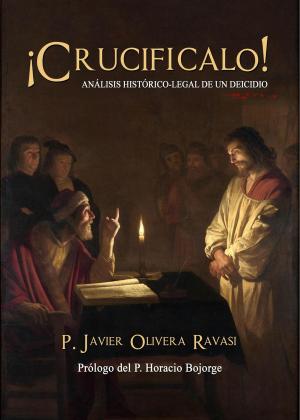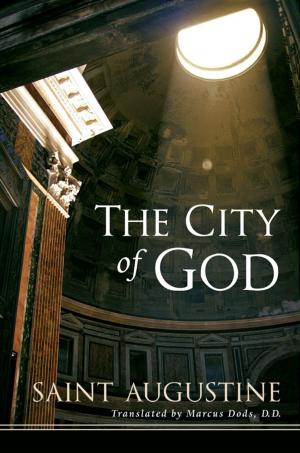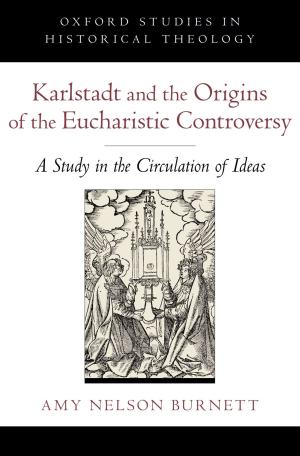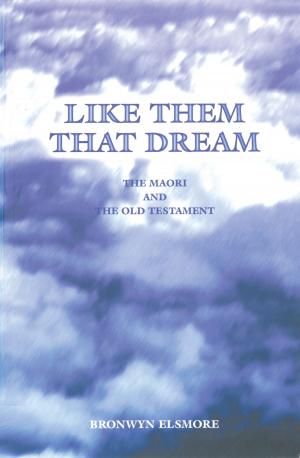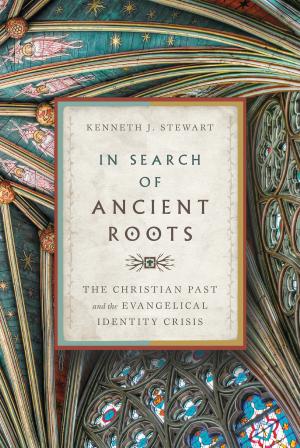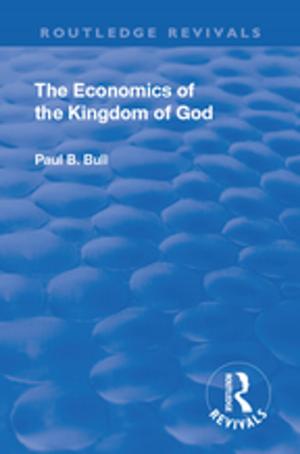A New Witness for God Volume 1 (of 3)
Nonfiction, Religion & Spirituality, Reference, History, Christianity, Church, Church History| Author: | Brigham Henry Roberts | ISBN: | 1230000283508 |
| Publisher: | GEORGE Q. CANNON & SONS COMPANY | Publication: | December 2, 2014 |
| Imprint: | Language: | English |
| Author: | Brigham Henry Roberts |
| ISBN: | 1230000283508 |
| Publisher: | GEORGE Q. CANNON & SONS COMPANY |
| Publication: | December 2, 2014 |
| Imprint: | |
| Language: | English |
Example in this ebook
Three quarters of a century have passed away since Joseph Smith first declared that he had received a revelation from God. From that revelation and others that followed there has sprung into existence what men call a new religion—"Mormonism;" and a new church, the institution commonly known as the "Mormon Church," the proper name of which, however, is THE CHURCH OF JESUS CHRIST OF LATTER-DAY SAINTS.
Though it may seem a small matter, the reader should know that "Mormonism" is not a new religion. Those who accept it do not so regard it; it makes no such pretentions. The institution commonly called the "Mormon Church," is not a new church; it makes no such pretensions, as will be seen by its very name—the Church of Jesus Christ of Latter-day Saints. This of itself discloses what "The Mormon Church" claims to be—the Church of Jesus Christ; and to distinguish it from the Church of Jesus Christ that existed in former days, the phrase "of Latter-day Saints" is added. "Mormonism," I repeat, is not a new religion; it is the Old Religion, the Everlasting Gospel, restored again to the earth through the revelations received by Joseph Smith.
At a glance the reader will observe that these claims in behalf of "Mormonism" pre-suppose the destruction of the primitive Christian Church, a complete apostasy from the Christian religion; and hence, from the standpoint of a believer, "Mormonism" is the Gospel of Jesus Christ restored; and the institution which grows out of it—the church—is the Church of Jesus Christ re-established among men.
During the three quarters of a century that have elapsed since the first revelation was announced by Joseph Smith, the world has been flooded with all manner of rumors concerning the origin of "Mormonism," its doctrines, its organization, its purposes, its history. Books enough to make a respectable library, as to size, have been written on these subjects, but the books, in the main, are the works of avowed enemies, or of sensational writers who chose "Mormonism" for a subject because in it they supposed they had a theme that would be agreeable to their own vicious tastes and perverted talents, and give satisfactory returns in money for their labor. This latter class of writers have not only written without regard to truth, but without shame. They are ghouls who have preyed upon the misfortunes of an unpopular people solely for the money or notoriety they could make out of the enterprise.
That I may not be thought to overstate the unreliability of anti-Mormon literature, I make an excerpt from a book written by Mr. Phil Robinson, called Sinners and Saints. Mr. Robinson came to Utah in 1882 as a special correspondent of The New York World, and stayed in Utah some five or six months, making "Mormonism" and the Latter-day Saints a special study. On the untrustworthiness of the literature in question, he says:
"Whence have the public derived their opinions about Mormonism? From anti-Mormons only. I have ransacked the literature of the subject, and yet I really could not tell anyone where to go for an impartial book about Mormonism later in date than Burton's 'City of the Saints,' published in 1862. * * * But put Burton on one side, and I think I can defy any one to name another book about the Mormons worthy of honest respect. From that truly awful book, 'The History of the Saints,' published by one Bennett (even an anti-Mormon has styled him 'the greatest rascal that ever came to the West,') in 1842, down to Stenhouse's in 1873, there is not to my knowledge a single Gentile work before the public that is not utterly unreliable from its distortion of facts. Yet it is from these books—for there are no others—that the American public has acquired nearly all its ideas about the people of Utah."
To be continue in this ebook
Example in this ebook
Three quarters of a century have passed away since Joseph Smith first declared that he had received a revelation from God. From that revelation and others that followed there has sprung into existence what men call a new religion—"Mormonism;" and a new church, the institution commonly known as the "Mormon Church," the proper name of which, however, is THE CHURCH OF JESUS CHRIST OF LATTER-DAY SAINTS.
Though it may seem a small matter, the reader should know that "Mormonism" is not a new religion. Those who accept it do not so regard it; it makes no such pretentions. The institution commonly called the "Mormon Church," is not a new church; it makes no such pretensions, as will be seen by its very name—the Church of Jesus Christ of Latter-day Saints. This of itself discloses what "The Mormon Church" claims to be—the Church of Jesus Christ; and to distinguish it from the Church of Jesus Christ that existed in former days, the phrase "of Latter-day Saints" is added. "Mormonism," I repeat, is not a new religion; it is the Old Religion, the Everlasting Gospel, restored again to the earth through the revelations received by Joseph Smith.
At a glance the reader will observe that these claims in behalf of "Mormonism" pre-suppose the destruction of the primitive Christian Church, a complete apostasy from the Christian religion; and hence, from the standpoint of a believer, "Mormonism" is the Gospel of Jesus Christ restored; and the institution which grows out of it—the church—is the Church of Jesus Christ re-established among men.
During the three quarters of a century that have elapsed since the first revelation was announced by Joseph Smith, the world has been flooded with all manner of rumors concerning the origin of "Mormonism," its doctrines, its organization, its purposes, its history. Books enough to make a respectable library, as to size, have been written on these subjects, but the books, in the main, are the works of avowed enemies, or of sensational writers who chose "Mormonism" for a subject because in it they supposed they had a theme that would be agreeable to their own vicious tastes and perverted talents, and give satisfactory returns in money for their labor. This latter class of writers have not only written without regard to truth, but without shame. They are ghouls who have preyed upon the misfortunes of an unpopular people solely for the money or notoriety they could make out of the enterprise.
That I may not be thought to overstate the unreliability of anti-Mormon literature, I make an excerpt from a book written by Mr. Phil Robinson, called Sinners and Saints. Mr. Robinson came to Utah in 1882 as a special correspondent of The New York World, and stayed in Utah some five or six months, making "Mormonism" and the Latter-day Saints a special study. On the untrustworthiness of the literature in question, he says:
"Whence have the public derived their opinions about Mormonism? From anti-Mormons only. I have ransacked the literature of the subject, and yet I really could not tell anyone where to go for an impartial book about Mormonism later in date than Burton's 'City of the Saints,' published in 1862. * * * But put Burton on one side, and I think I can defy any one to name another book about the Mormons worthy of honest respect. From that truly awful book, 'The History of the Saints,' published by one Bennett (even an anti-Mormon has styled him 'the greatest rascal that ever came to the West,') in 1842, down to Stenhouse's in 1873, there is not to my knowledge a single Gentile work before the public that is not utterly unreliable from its distortion of facts. Yet it is from these books—for there are no others—that the American public has acquired nearly all its ideas about the people of Utah."
To be continue in this ebook

